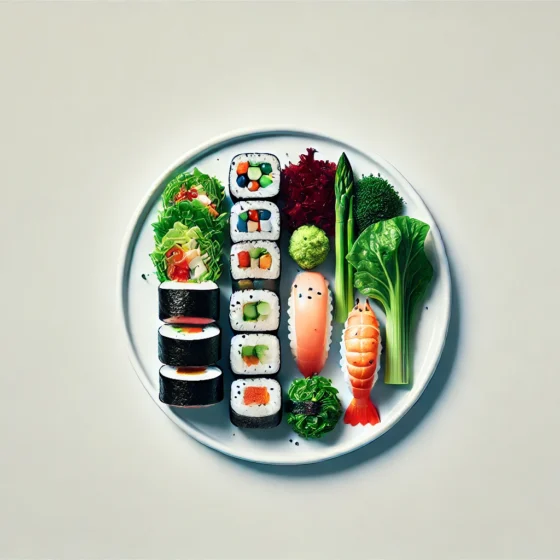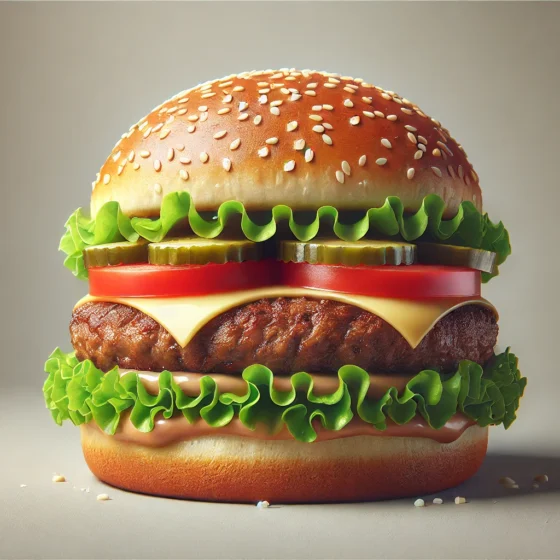In recent years, clean eating has gained significant attention as a dietary approach focused on consuming whole, unprocessed foods. This lifestyle emphasizes the consumption of fruits, vegetables, whole grains, and lean proteins while minimizing the intake of refined sugars, artificial additives, and heavily processed items. Clean eating has an influence on not only individual health but also environmental sustainability, making it a topic of interest for health-conscious consumers and nutrition experts alike.
As the popularity of clean eating continues to grow, individuals are seeking guidance to implement this approach in their daily lives. This article aims to explore the concept of clean eating, its potential benefits, and practical strategies to adopt this dietary pattern. Additionally, it will address common misconceptions and potential pitfalls to avoid, providing readers with a well-rounded understanding of how to navigate the clean eating landscape and make informed choices about their nutrition.
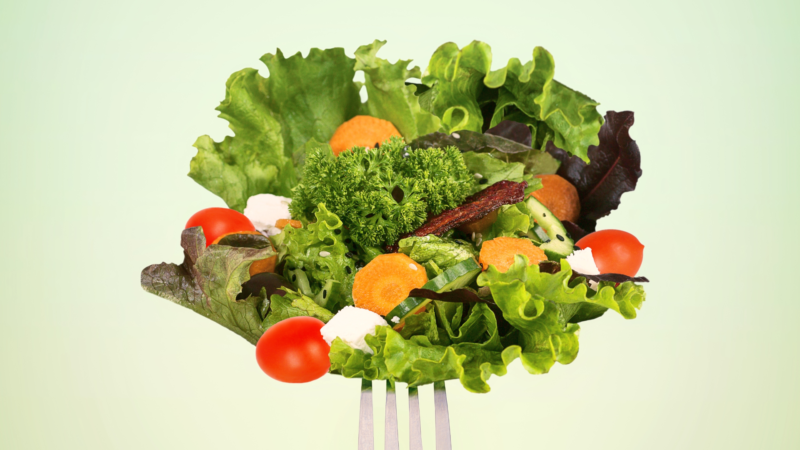
What is Clean Eating?
Defining clean eating
Clean eating has gained significant attention in recent years as a dietary approach focused on consuming whole, unprocessed foods. While the term is not federally regulated in the U.S., it generally refers to foods that are as close to their natural state as possible. The concept emphasizes choosing minimally processed, real foods that provide maximal nutritional benefits.
A survey by the International Food Information Council (IFIC) found that almost half of the respondents considered themselves to be clean eaters. The most cited definitions included “eating foods that aren’t highly processed,” “eating fresh produce,” “eating organic foods,” and “eating foods with a simple ingredients list”. Additionally, 64% of those surveyed said they try to choose foods made with clean ingredients, defined as “not artificial or synthetic,” “organic,” “fresh,” or “natural”.
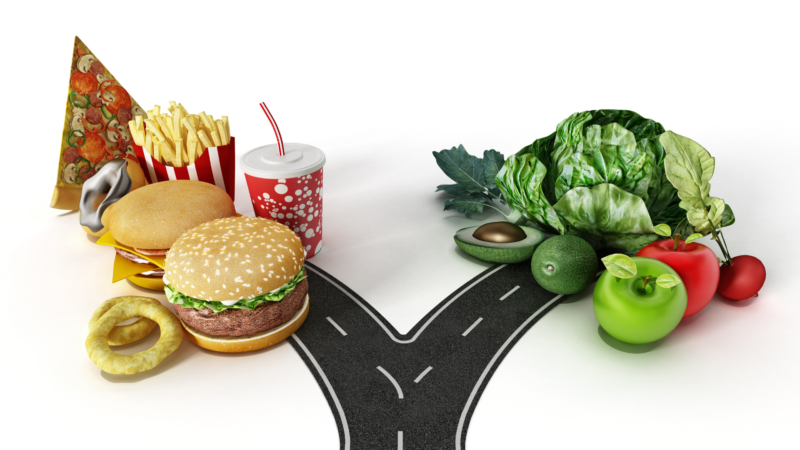
Focus on whole foods
The core principle of clean eating is to choose whole foods that are as close to their natural form as possible. Whole foods retain their nutrients, phytochemicals, and fiber, which are often removed in processed foods. This approach encourages the consumption of:
- Whole grains (e.g., steel-cut oatmeal, quinoa, brown rice)
- Fruits and vegetables
- Lean proteins (e.g., poultry, fish, eggs)
- Dairy products (e.g., plain yogurt, cottage cheese)
- Nuts and seeds
- Legumes (beans and lentils)
- Healthy oils (e.g., olive oil, avocado oil)
These foods offer essential nutrients and health benefits. For instance, whole grains, nuts, seeds, and avocados provide good fats like monounsaturated and polyunsaturated fats, along with fiber, potassium, and antioxidants. Whole meats, poultry, and seafood contain more of the nutrients you want, such as protein, iron, potassium, and B vitamins.
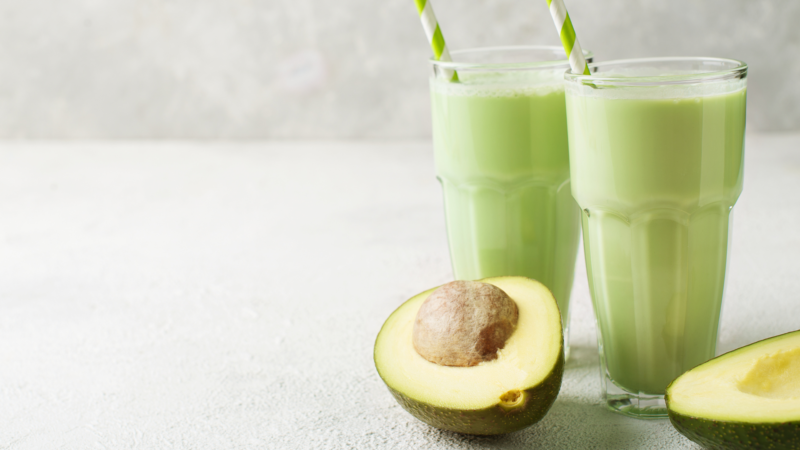
Minimizing processed foods
While clean eating focuses on whole foods, it’s important to understand that not all processed foods are unhealthy. Some minimally processed foods can be part of a clean eating diet. These include:
- Washed and cut fruits and vegetables
- Bagged salads
- Roasted nuts
- Canned tuna, beans, and tomatoes
- Frozen fruits and vegetables
However, clean eating encourages limiting highly processed or “ultra-processed” foods. These often contain added sugars, unhealthy fats, and artificial additives. Examples of foods to avoid or limit include:
- White bread and refined grains
- French fries and chips
- Fast food
- Most microwave meals
- Commercial baked goods
- Candy and soda
Research has linked these highly processed foods to chronic health problems, including obesity, heart disease, diabetes, and certain types of cancer. To reduce intake of processed foods, individuals can swap refined grains for whole grain alternatives, prepare meals in large batches, and include vegetables in every meal.
In conclusion, clean eating is about making small, practical changes to your diet, focusing on whole, nutrient-rich foods while minimizing the consumption of highly processed items. It’s not about perfection but rather about taking steps toward a more wholesome, simpler approach to eating.
Benefits of Clean Eating
Improved nutrition
Clean eating emphasizes consuming whole, unprocessed foods that are rich in essential nutrients. By focusing on fruits, vegetables, whole grains, lean proteins, and healthy fats, individuals can significantly enhance their nutritional intake. Fresh foods typically contain higher nutrient levels compared to processed alternatives, which may be stripped of nutrients for a longer shelf life. For instance, incorporating a variety of colorful produce into one’s diet can provide a wide range of vitamins, minerals, and antioxidants that are crucial for overall health.
Weight management
Adopting a clean eating plan can be an effective way to manage weight and improve overall health. By eliminating or reducing the consumption of ultra-processed foods and following a diet rich in whole foods, individuals may experience weight loss without resorting to extreme measures. Clean eating encourages the consumption of nutrient-dense, filling meals that can help control appetite and reduce overall calorie intake. Additionally, diets higher in protein have been shown to suppress hunger, boost metabolism, increase muscle mass, and decrease body fat.
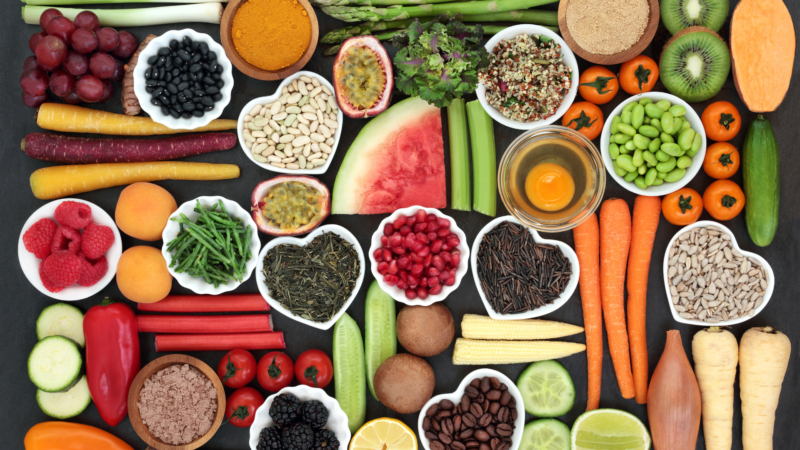
Reduced inflammation
Chronic inflammation has been linked to various health conditions, including heart disease, high blood pressure, certain cancers, and type 2 diabetes. Clean eating can help manage chronic inflammation by promoting an anti-inflammatory eating pattern. This approach involves consuming foods rich in omega-3 fatty acids, such as fatty fish, nuts, and seeds, which support brain health and help produce neurotransmitters that provide energy and mood boosts. Furthermore, incorporating polyphenol-rich foods like colorful fruits and vegetables, whole grains, and olive oil can help protect the body from inflammation.
Increased energy
One of the most notable benefits of clean eating is increased energy levels. By fueling the body with nutrient-dense, whole foods, individuals can experience improved vitality throughout the day. For example, consuming smaller portions of minimally processed foods and whole foods may help reduce fatigue. Additionally, incorporating foods rich in slow-release carbohydrates, proteins, and healthy fats can provide sustained energy. Bananas, for instance, are an excellent source of energy due to their high content of slow-release carbohydrates and fiber.
Clean eating also emphasizes proper hydration, which is crucial for maintaining energy levels. Drinking water throughout the day and replacing sugary beverages with water can make a significant difference in overall well-being. Moreover, consuming foods rich in omega-3 fatty acids and vitamin D can contribute to improved mood and energy levels. Research has found that vitamin D aids in the production and release of serotonin, a neurotransmitter that regulates mood and energy.
By adopting a clean eating lifestyle, individuals can experience a range of benefits that contribute to improved overall health and well-being. From enhanced nutrition and better weight management to reduced inflammation and increased energy, clean eating provides a sustainable approach to nourishing the body and supporting long-term health goals.
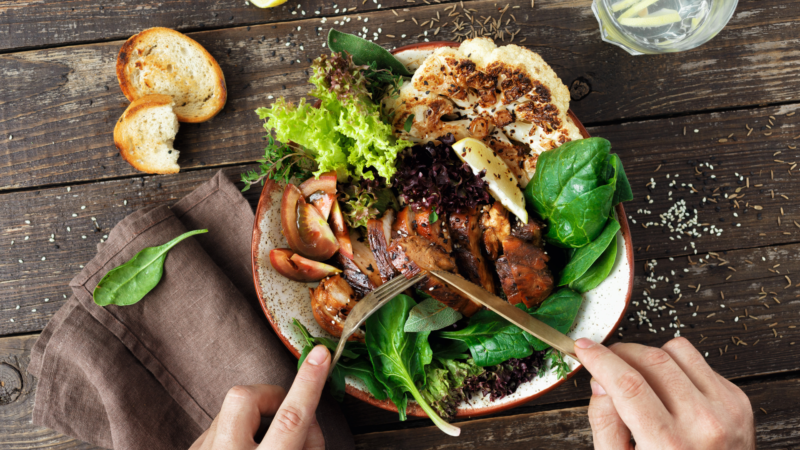
Getting Started with Clean Eating
Meal planning tips
To embark on a clean eating journey, meal planning is an essential first step. By planning weekly menus and creating a grocery list in advance, individuals can stay focused while shopping and avoid purchasing less healthy items. This approach helps in eating smart and sticking to a budget. A well-organized grocery list can make shopping less intimidating and more efficient, allowing for easy navigation through the store.
When creating a meal plan, it’s beneficial to group items together by area of the store. This strategy reduces the risk of needing to backtrack through the store for forgotten ingredients. Additionally, planning meals around seasonal produce and sales can help save money and ensure a variety of fresh ingredients in the diet.
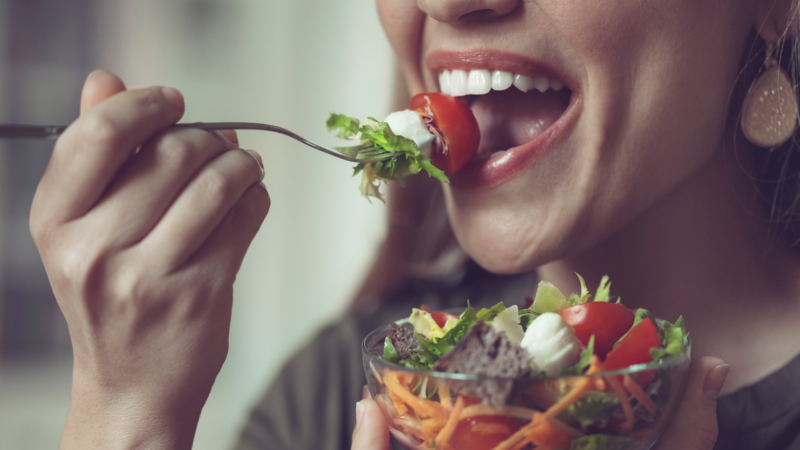
Grocery shopping strategies
When grocery shopping for clean eating, it’s advisable to start on the perimeter of the store. Most grocery stores stock their fresh vegetables, fruits, dairy, fish, seafood, poultry, and lean meats on the outer aisles. This approach naturally leads to purchasing more whole, unprocessed foods.
After selecting fresh produce, move to the interior aisles for canned products like beans and fruits (with no added sugar), and vegetables (with no added salt). Look for whole grains such as bulgur, quinoa, rice, pasta, and barley. The frozen aisle should be the last stop for picking up frozen fruits and vegetables to keep on hand.
It’s recommended to skip aisles stocked with heavily processed foods like sodas, candy, and cookies to avoid temptation. When choosing proteins, opt for lean cuts of meat, such as top sirloin, flank steak, tenderloin, and skinless chicken breasts. For canned fish or chicken, select options packaged in water rather than oil and labeled “no salt added” or “lower sodium”.
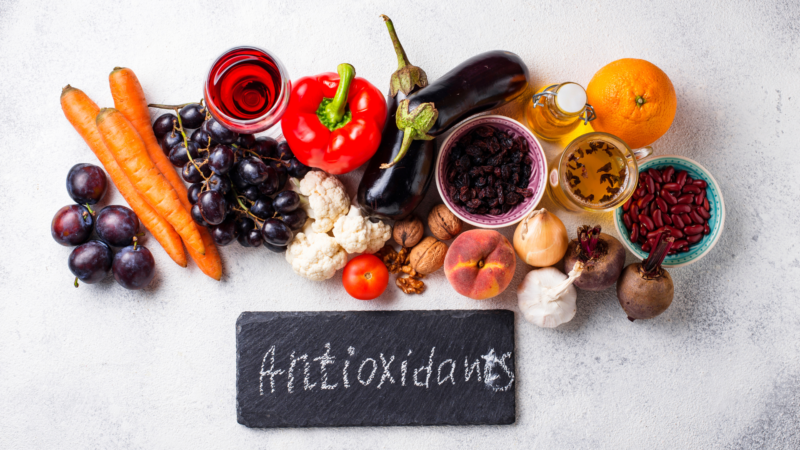
Reading food labels
Understanding how to read food labels is crucial for clean eating. The Nutrition Facts label can help identify nutrient-dense foods for a healthy diet. When reading labels, pay attention to serving sizes, as the nutritional information is based on a single serving. If you consume more than one serving, you’ll need to adjust the calorie and nutrient intake accordingly.
Focus on the amount of saturated and trans fats rather than total fats, as not all fats are unhealthy. It’s important to avoid trans fats entirely. Even if a label lists “0 g” of trans fat but includes “partially hydrogenated oil” in the ingredient list, the food contains some trans fat, albeit less than 0.5 grams per serving.
When examining sugar content, note that total sugars can include both natural and added sugars. It’s advisable to limit the intake of added sugars, saturated fat, and sodium. Compare labels on different brands or similar products and choose foods with lower amounts of these nutrients when possible.
Lastly, ensure you’re getting enough essential nutrients like calcium, dietary fiber, iron, potassium, and vitamin D. The % Daily Value (DV) on the label indicates the percentage of each nutrient in a single serving, based on the daily recommended amount. For nutrients you want to consume less of, choose foods with a lower % DV (5% or less), and for nutrients you want to increase, opt for foods with a higher % DV (20% or more).

Potential Pitfalls to Avoid
Orthorexia risks
Clean eating, while beneficial when approached moderately, can lead to an unhealthy obsession with food purity known as orthorexia. This condition has an influence on an individual’s mental and physical well-being. Orthorexia is characterized by an excessive fixation on consuming only “pure” and “healthy” foods, often resulting in restrictive diets that eliminate entire food groups or severely limit food choices based on self-imposed criteria. This obsessive behavior can have serious consequences on nutritional status and overall health.
Individuals with orthorexia may experience various health complications due to their restrictive eating patterns. The elimination of certain food groups or severe limitation of food choices can lead to nutritional deficiencies, compromising the body’s ability to function optimally. Prolonged adherence to such restrictive diets can result in malnutrition, osteoporosis, and weakened immune function [38, 39]. These physical health issues underscore the importance of maintaining a balanced and varied diet.

Nutrient deficiencies
One of the significant risks associated with overly restrictive clean eating is the potential for nutrient deficiencies. Even when following a diet perceived as healthy, individuals may inadvertently miss out on essential nutrients. Common deficiencies include vitamin B12, iron, and iodine, which are prevalent in the Western diet. For instance, iron deficiency affects more than 25% of people worldwide, with higher rates among specific populations such as preschool children (47%) and menstruating women (30%).
Vitamin D deficiency is another concern, with about 42% of people in the United States potentially being deficient. This number rises to 74% in older adults and 82% in people with dark skin. Calcium deficiency is also prevalent, with surveys indicating that fewer than 15% of teenage girls and fewer than 10% of women over 50 meet the recommended calcium intake.

Social challenges
The rigid nature of clean eating can create significant social challenges. The binary approach of categorizing foods as “clean” or “dirty” can lead to guilt and shame around food choices, potentially fueling disordered eating behaviors. This mindset can make social situations involving food particularly challenging, as individuals may struggle to find options that align with their strict dietary rules.
The social isolation resulting from clean eating can have a detrimental effect on overall well-being. Many former clean eaters report experiencing guilt when dining out or participating in social events centered around food. This guilt often fuels further restriction, creating a cycle that can be difficult to break. The stress associated with trying to adhere to clean eating rules in social situations can even lead to physical discomfort, which individuals may mistakenly attribute to the “unclean” food rather than the stress itself.
It’s crucial to recognize that strong social connections are a vital aspect of health. Ironically, clean eating, which is intended to improve health, can lead to social isolation by making it challenging for individuals to be flexible and enjoy social events involving food. This social disconnection can have negative impacts on both mental and physical health, highlighting the importance of balance and flexibility in dietary approaches.

Conclusion
Clean eating offers a practical approach to improve nutrition and overall health. By focusing on whole, unprocessed foods and minimizing the intake of highly processed items, individuals can experience benefits such as better weight management, reduced inflammation, and increased energy levels. This dietary pattern also has an influence on environmental sustainability, making it a compelling choice for those looking to align their eating habits with broader wellness goals.
However, it’s crucial to approach clean eating with balance and flexibility. While the benefits are significant, there are potential pitfalls to watch out for, including the risk of orthorexia and nutrient deficiencies. To make the most of clean eating, it’s important to start gradually, plan meals thoughtfully, and learn to read food labels effectively. By doing so, individuals can enjoy the advantages of clean eating while maintaining a healthy relationship with food and preserving social connections.

FAQs
What does the clean eating trend entail?
Clean eating typically involves a commitment to consuming primarily unprocessed foods, emphasizing natural, whole foods. This approach often includes a strong stance against processed foods and may suggest eliminating certain foods or food groups.
Is eco dieting a popular health trend?
Yes, eco dieting has become increasingly popular as a health trend, driven by concerns about the sustainability of food production and the environmental impact of dietary choices. This trend often involves a shift towards plant-based diets, recognizing their benefits for both human health and the planet.
What are global trends in healthy eating?
Globally, there is a significant shift towards all-natural diets, with a focus on natural and unprocessed foods. This is part of the clean label movement, which demands greater transparency about the ingredients in food products and emphasizes the naturalness of these ingredients.
What is the principle behind the 80/20 rule in clean eating?
The 80/20 rule in clean eating is a balanced approach to dieting, where you consume nutritious, healthy foods 80% of the time and allow yourself to indulge in your favorite treats for the remaining 20%. The focus during the 80% should be on hydration and a diet rich in whole grains, fruits, and vegetables.







